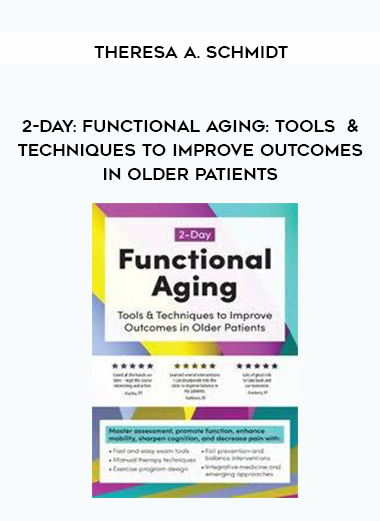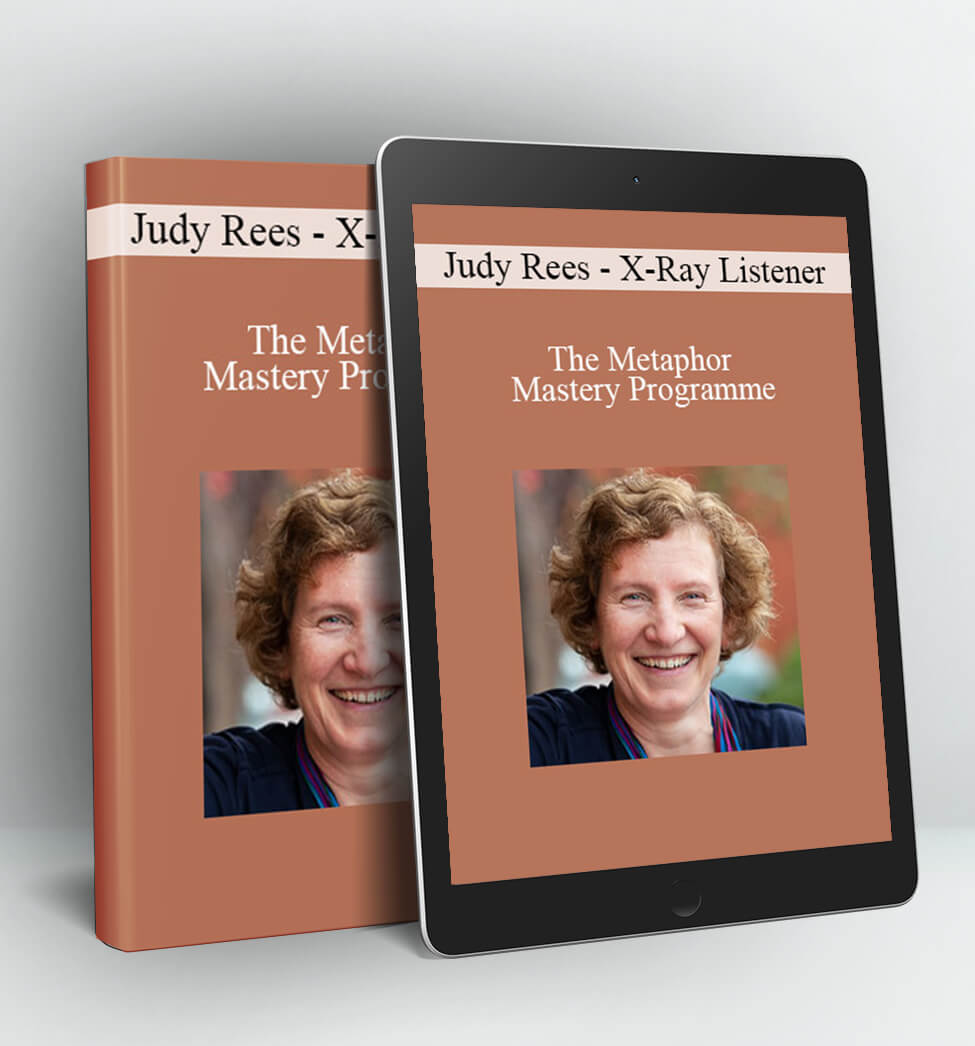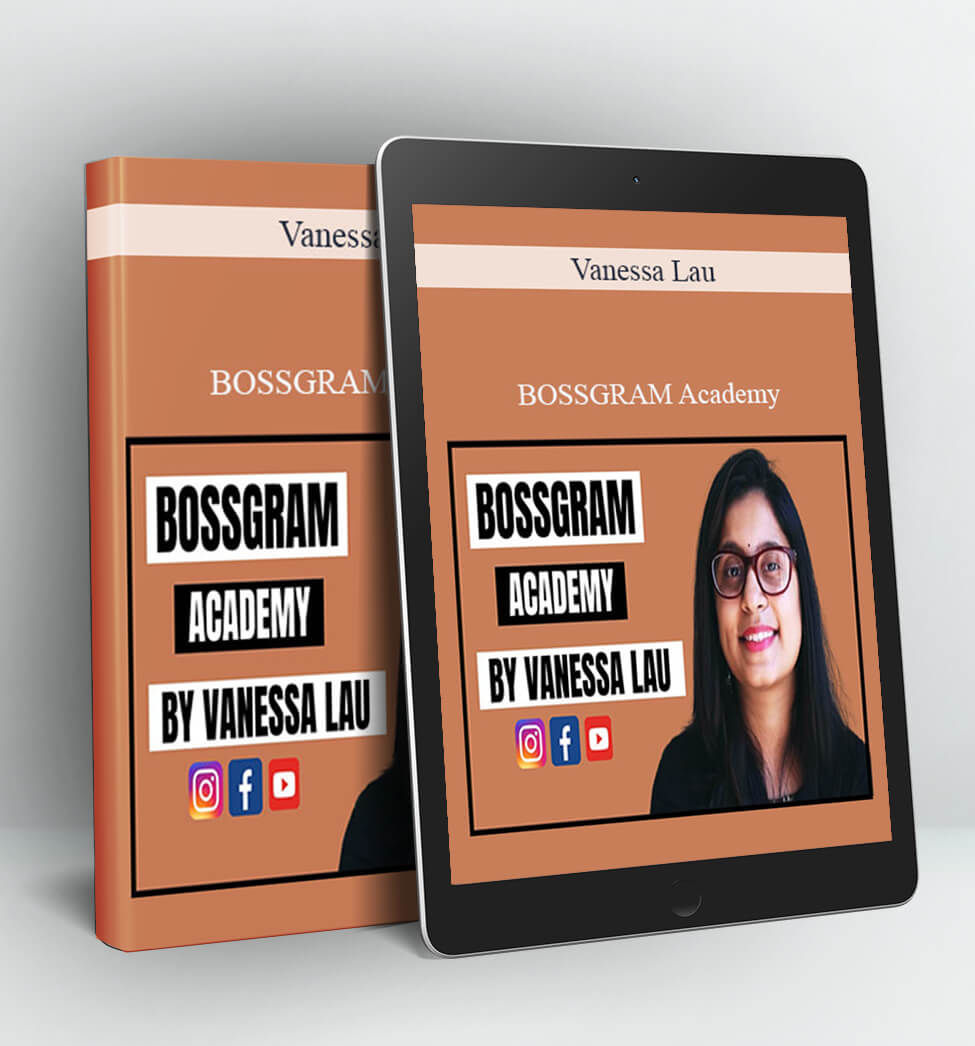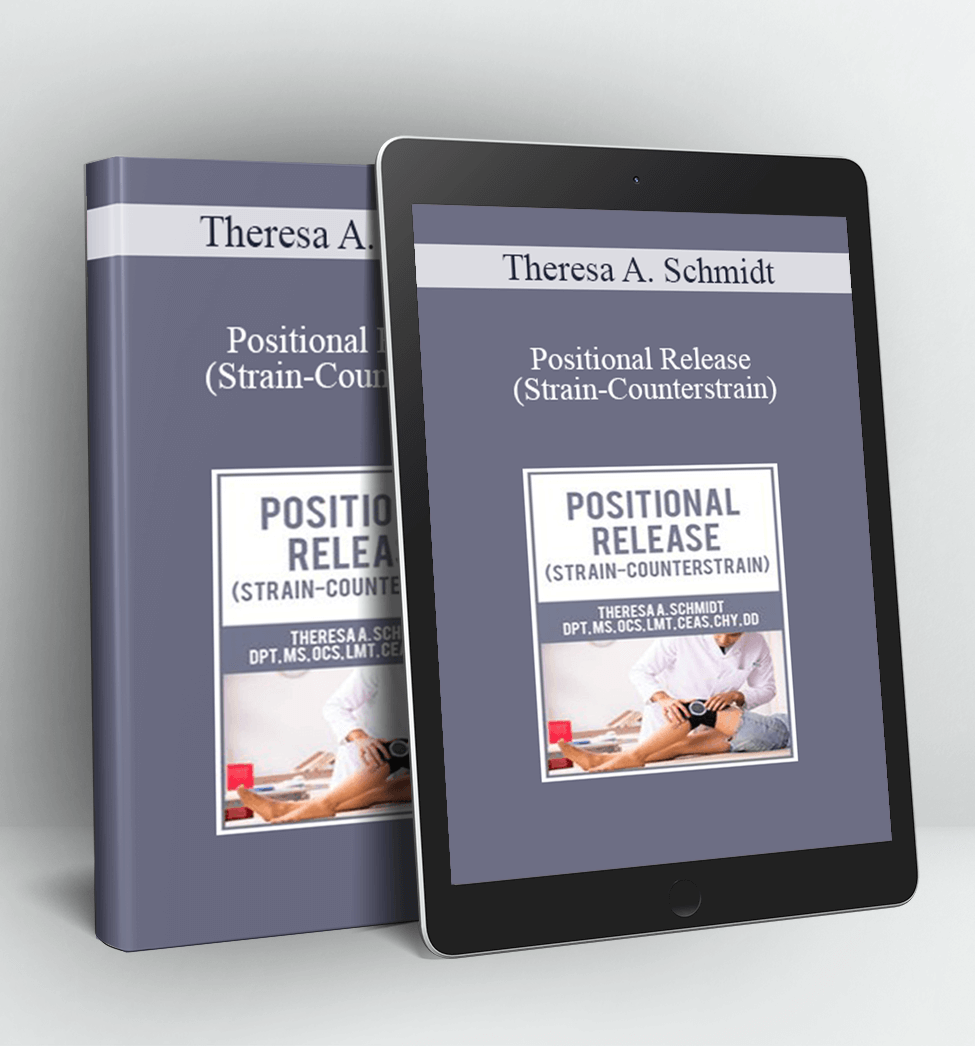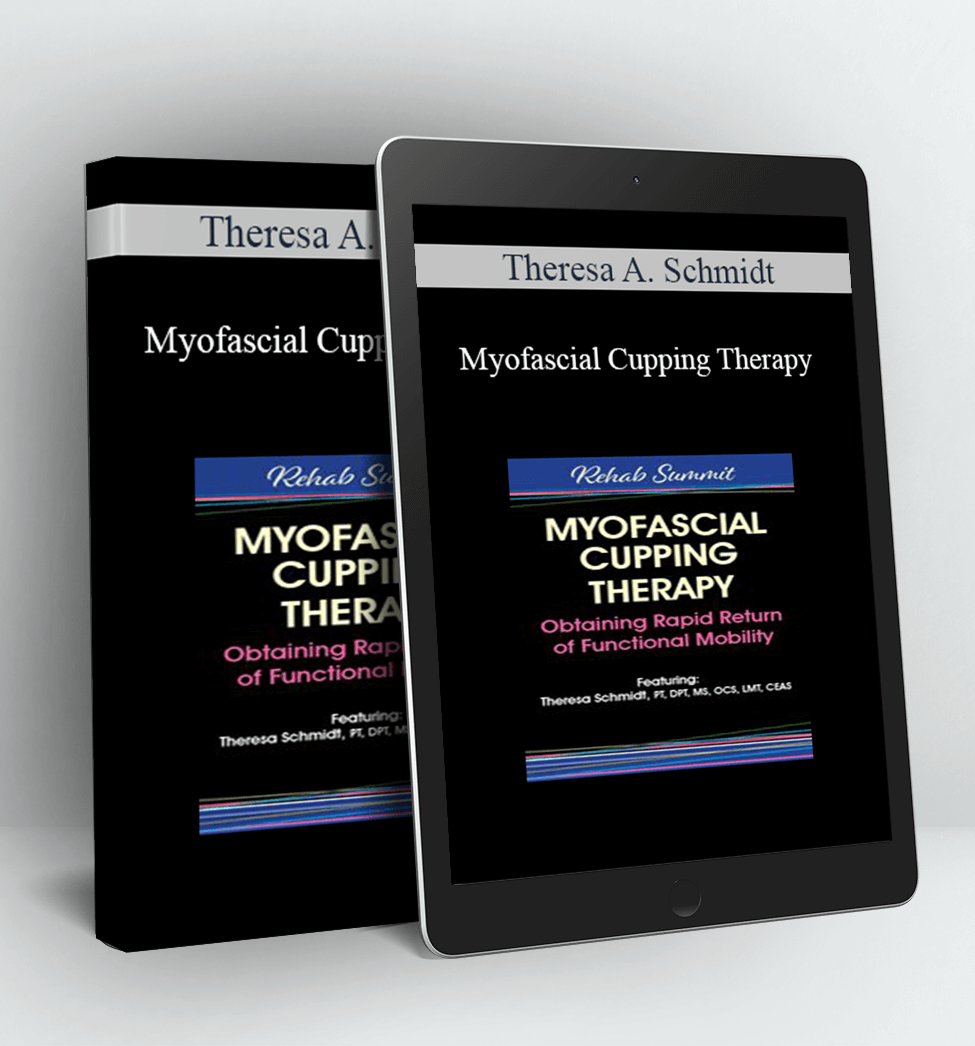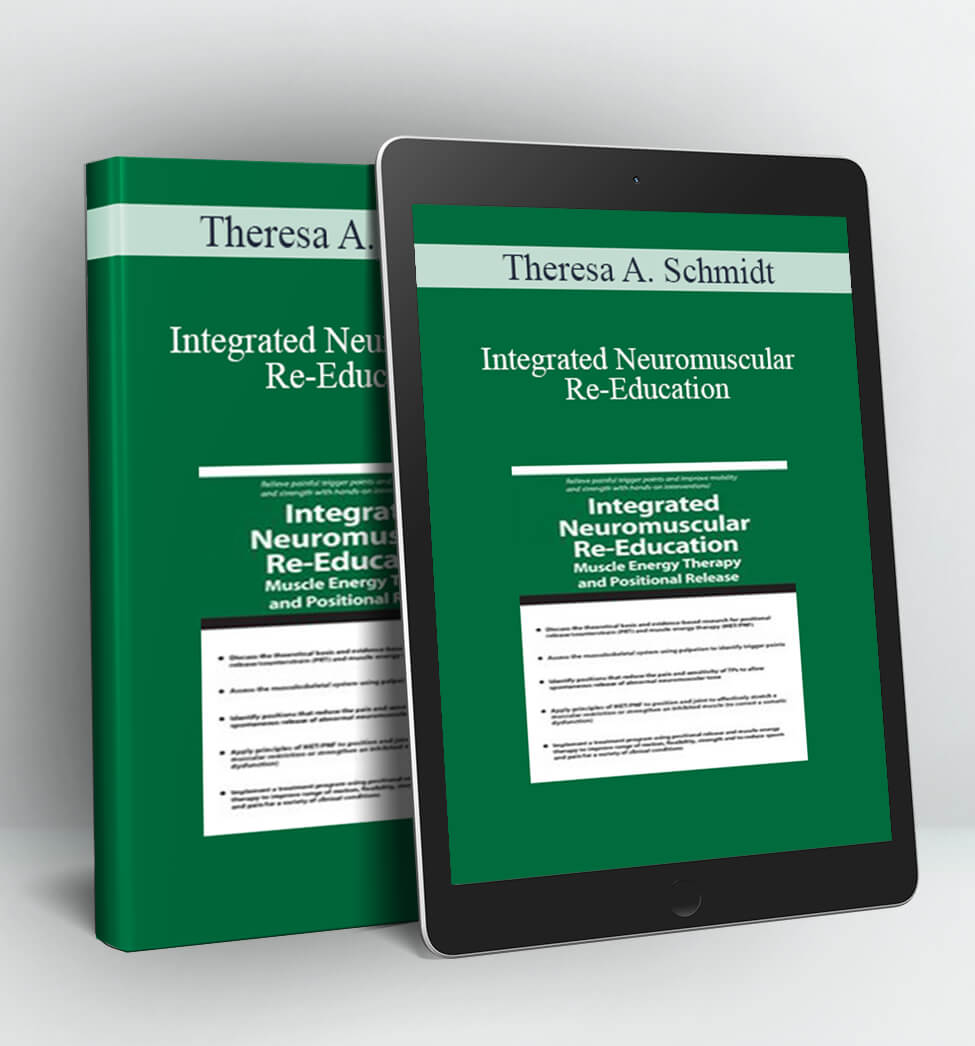
2-Day: Functional Aging: Tools & Techniques to Improve Outcomes in Older Patients – Theresa A. Schmidt
Are you spending too much time figuring out how to document geriatric function with insufficient time to enjoy what you do best: treating patients to maximize their quality of life? How do you efficiently select functional exam tools to develop the best plan of care for your patients?
In this interactive recording, practice fast and easy assessments for elders to that will simplify your documentation process, which in turn will effectively guides your treatment planning. Review evidence on best practices for implementing therapeutic interventions to manage mobility impairments, balance issues, falls, cognitive deterioration, stiffness, weakness and pathologies.
Gain skills to maximize function in aging adults across the spectrum, from the active sports enthusiast to the involved resident with multiple medical problems. Immediately design a rehab program for your geriatric patients that incorporates traditional and holistic therapy approaches. Start maximizing function, enhancing mobility, and decreasing pain with your patients today.
What You’ll Need for this Recording:
- Mat or massage table for hands-on practice
- Tape measure and masking tape
- Hand sanitizer and massage lotion
- Blanket and pillow
- Mobile laptop or cell phone with Internet access (Internet/WiFi is not provided)
- Wear comfortable clothing (i.e., sneakers, sweatpants, and t-shirt)
- List physiological changes associated with aging
- Select and administer outcome measures to identify functional mobility and balance impairments in elders
- Apply integrative interventions, including manual therapy, fascial release, joint mobilization, therapeutic exercise, balance and neuromuscular re-education, and functional training to improve functional capacity in elders
- Identify alternative medicine approaches to improve mobility and balance, to reduce pain, and to improve functional quality of life
- Design an effective plan of care to produce a measurable difference in mobility, balance, pain and function
- Practice skilled documentation to show functional change using standardized exams
- Discuss current evidence regarding the efficacy of specific clinical interventions on functional outcomes in elders.
FUNCTIONAL MOBILITY AND BALANCE ASSESSMENT IN ELDERS
- Balance definitions, systems and strategies
- Aging process and epidemiology of falls
- Risk factors in aging, medications, medical and degenerative processes
FUNCTION AND BALANCE ASSESSMENT
GAIT AND BALANCE ASSESSMENT TESTS
INTERVENTIONS TO ENHANCE BALANCE AND PREVENT FALLS
- Exercise program design: Active Balance Clinic (ABC)
- Tai Chi
- OTAGO
EVIDENCE-BASED OUTCOMES
- What studies say about balance tools and interventions
- Fall reduction, rates and risks
- AGS panel recommendations on balance
FUNCTIONAL OUTCOME TESTS DISCUSSION
- Mini Mental Status Exam (MMSE)
- Montreal Cognitive Assessment (MOCA)
- Barthel Index
- Self-Efficacy
- Assessment of Motor and Process Skills (AMPS)
- Functional Autonomy Measurement System (SMAF)
MUSCULOSKELETAL CHALLENGES
- Lower extremity functional scales (LEFS)
- Disabilities of the arm, shoulder and hand (DASH)
- Measuring myofascial pain
- Trigger points
- Stiffness
- Muscle weakness
INTERVENTIONS FOR PAIN REDUCTION, MOBILITY PROMOTION AND FUNCTION
- Manual therapy
- Neuromuscular techniques
- Integrative medicine
IMPROVING MOBILITY, STRENGTH AND FUNCTION, AND REDUCING PAIN
- Myofascial release
- Positional release
- Joint mobilization
- Neuromuscular re-education
INTEGRATIVE MEDICINE AND HOLISTIC APPROACHES TO IMPROVE MOBILITY
- Address behavioral and cognitive issues
- Reduce pain in elders
- Mindfulness
- Massage
- Relaxation induction
- Craniosacral
- Reiki
CASE STUDIES AND GROUP PROBLEM SOLVING

